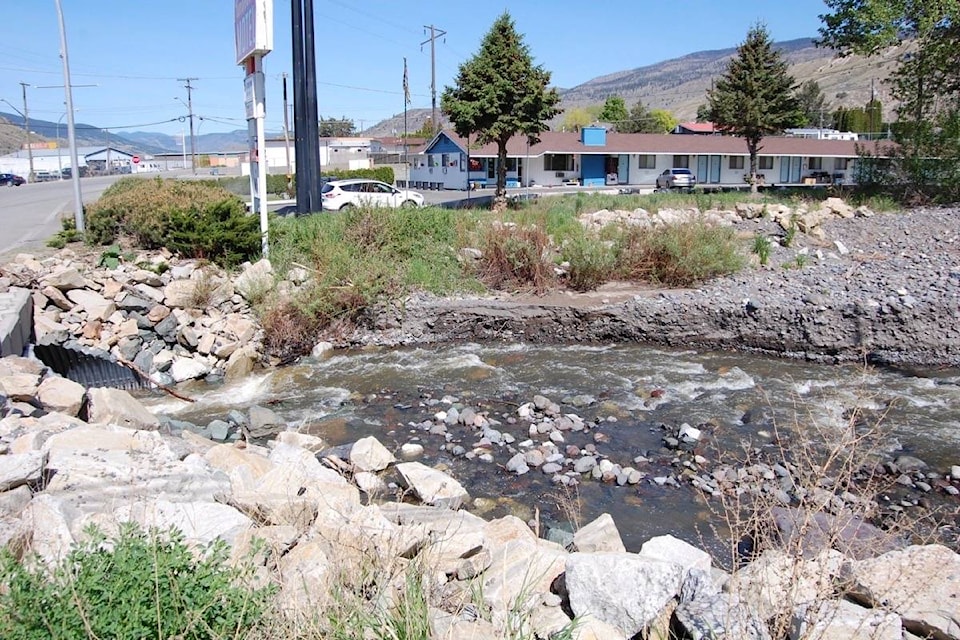Unless there are sudden extreme rainfall events in the region, the threat of flooding in and around Cache Creek appears to have receded, according to the B.C. River Forecast Centre’s latest bulletin.
As of May 1, the snowpack throughout the province is slightly above normal. However, the bulletin notes that very warm weather in mid-April created a significant melt of the low- and mid-elevation snowpack. Because of very warm temperatures in December and January, there was below normal seasonal snowpack at those elevations, which lessened the intensity of river flows from the April heat wave.
The North, South, and Lower Thompson regions also experienced a very dry April, with less than 40 per cent of average precipitation. The first week of May was relatively mild, with limited precipitation and seasonal temperatures. The upcoming forecast is for similar conditions, with no signs of either an extended heat wave or extreme precipitation.
The Village of Cache Creek has reopened Quartz Road at Highway 1 and removed the protective Hesco baskets from the front of the fire hall. The Thompson-Nicola Regional District reports that its emergency program has only deployed three drops of sand and sandbags (at Stump Lake and Green Lake) this year. At this time last year, there had been nearly 60 sand drops throughout the region.
However, the River Centre warns that snowpack alone is not a predictor of whether or not there will be flooding. Spring weather is critical, with temperatures and rainfall patterns important drivers of flooding. A period of cool weather followed by a rapid shift to persistent hot weather — particularly in mid- to late-May — or extreme short-term rainfall could create flood conditions.
Given the recent dry conditions, the ground will only be able to absorb a certain amount of precipitation at once if there is a sudden extreme rainfall, meaning more run-off into creeks and rivers. A much better scenario would be light rain over a longer period of time, which would be beneficial to the flood and wildfire situations.
To read the B.C. River Forecast centre’s May 1 bulletin, go to https://bit.ly/3w7UOh2.
editorial@accjournal.ca
Like us on Facebook and follow us on Twitter
